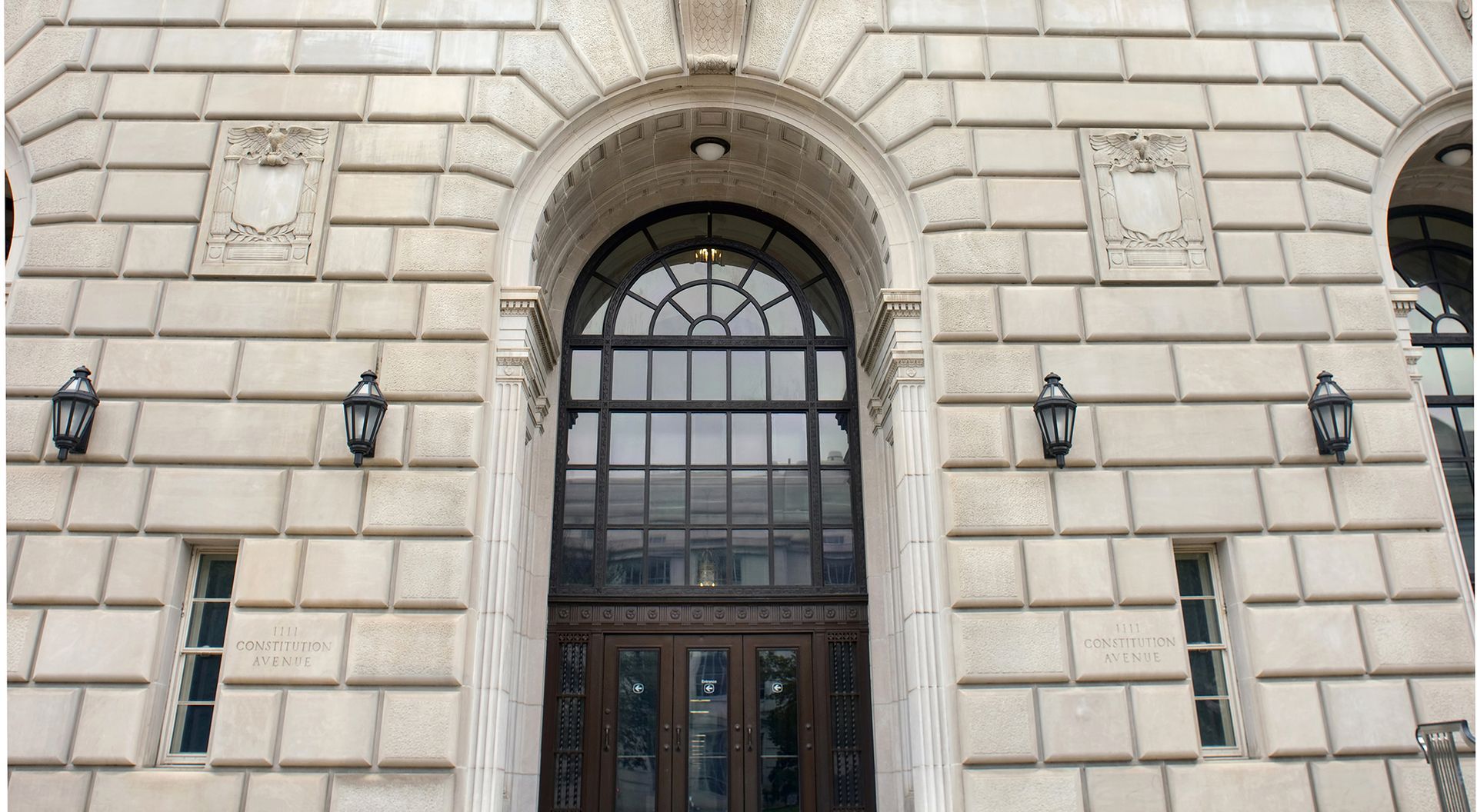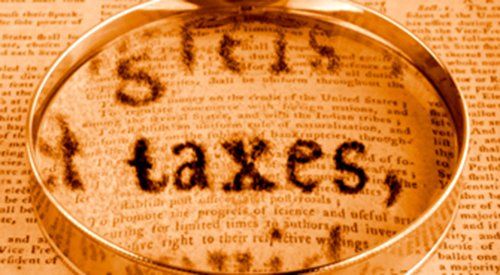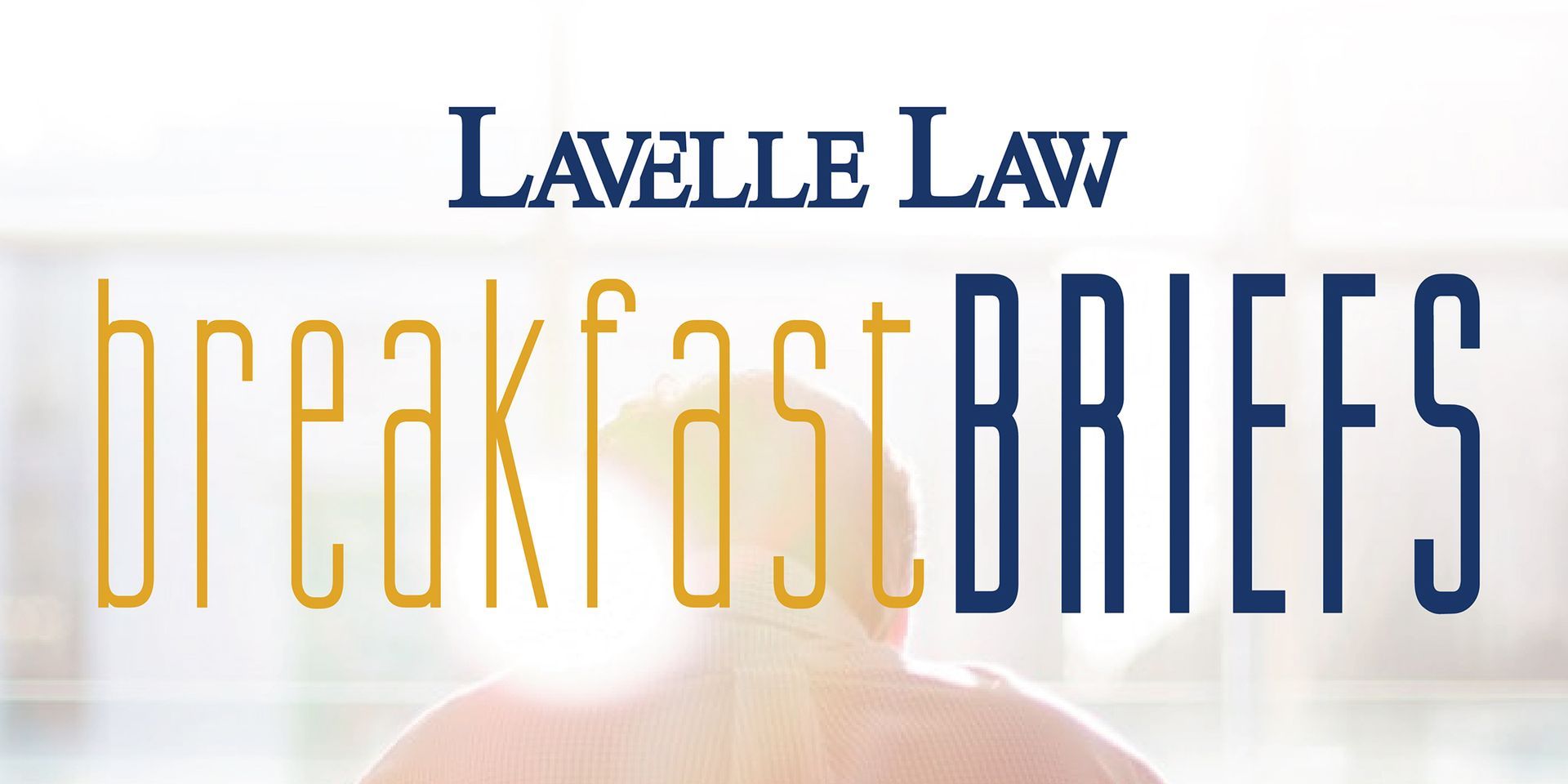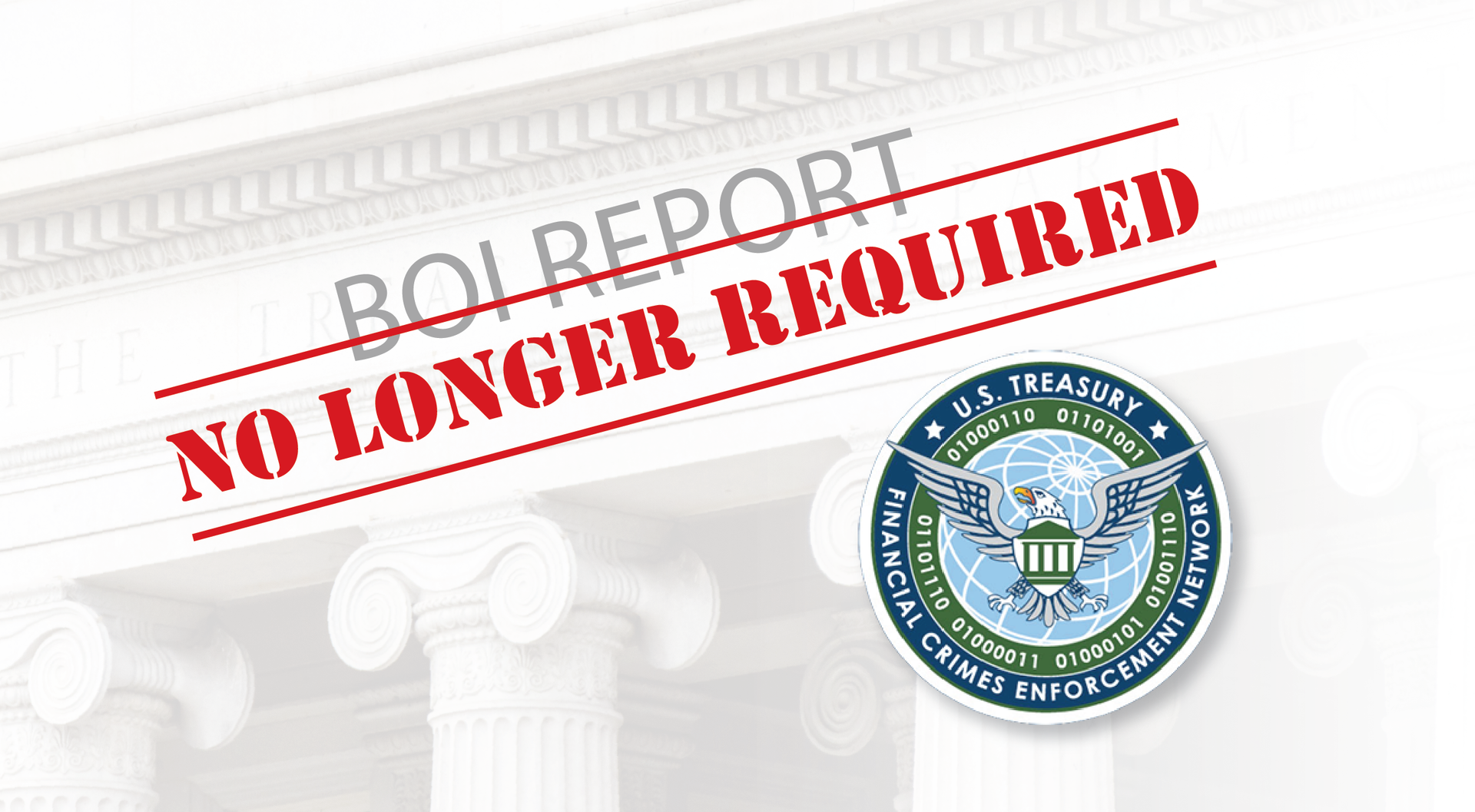Banking and Business Monthly – March 2020
Steven A. Migala • March 3, 2020
BABY BOOMERS and ESOPs
Baby Boomers are Business Owners
There are more than 2.34 million small businesses in the United States owned by baby boomers. These businesses employ more than 25 million people. A study by Wilmington Trust shows that more than 58% of these boomers have no succession plan. Failure to plan can have a significant impact on our economy as boomers age, have health problems or fail to adapt their business to changing business cycles. This failure to plan affects not only the business owners but also the families of the millions of people who work for them.
Proper Succession Planning is Critical
It is inevitable that the boomer business owner is going to have to deal with succession planning issues. Therefore, it is important that the boomer plan ahead and prepare the business for sale. He or she must perform necessary housekeeping, and anticipate the questions and concerns of a prospective buyer. A qualified advisory team can help navigate the sales process and provide important guidance as to the value of the business and how to protect the owner’s interest.
When Boomers Have to Sell, Who Will Buy?
Sometimes a business owner will want to transition the ownership of the business to family members. However, often there is no family member wanting to take over the business and the boomer must sell his or her business. The sale might be to a strategic third party buyer, a private equity firm, or to the company’s management team. Frequently, there are no potential buyers. An often overlooked strategy is to sell to an employee stock ownership plan (“ESOP”).
What is an ESOP?
An ESOP is a qualified employee benefit plan with a variety of tax benefits. It is designed to give employees an ownership stake in their company by investing in shares of stock of the sponsoring employer. It can also serve as a retirement plan similar to 401(k) and profit sharing plans. There are a variety of financing options available to ESOPs and they provide a great deal of flexibility to boomers considering their future plans for the business.
ESOPs Can Provide Significant Tax Benefits
A sale to an ESOP is the only strategy available whereby the stock of a selling shareholder can be acquired by his or her corporation utilizing pre-tax rather than after-tax earnings. The corporation makes tax-deductible contributions to an ESOP and the ESOP uses the contributions to make payments on notes issued as payment for the stock from the selling shareholders. Use of pre-tax earnings may provide significant cash flow benefits to the corporation.
Certain tax benefits available to the corporation and its shareholders are a function of whether the corporation which sponsors the ESOP is a “C” corporation or an “S” corporation. For example, a C corporation shareholder selling his stock to an ESOP may defer income taxes on the gain if certain conditions are met. Properly structured, this deferral can be a permanent tax deferral. An S corporation partly or wholly owned by an ESOP (a tax-exempt trust) pays no income taxes on the corporation’s income which is allocated to the ESOP. Maximum tax savings are sometimes achieved when a C corporation established an ESOP, the ESOP purchases the stock of one or more shareholders and the corporation then elects S status. In this situation, the shareholders might be able to pay no tax on the sale of their C corporation stock because their gain is deferred and the ESOP would pay no taxes on its share of the future earnings of the corporation because the corporation has elected S status.
Non-Tax Benefits of an ESOP
Unlike other retirement plans, an ESOP can borrow money to acquire company stock, thereby creating a market for the stock of selling shareholders who want to sell their stock. The borrowed funds can be repaid using pre-tax dollars. ESOPs can also be used to make matching contributions to a 401(k) plan. Research has shown that employees who participate in an ESOP are much more productive, more satisfied and have higher retention rates.
ESOP Financing
An ESOP can be leveraged or non-leveraged. A leveraged ESOP uses borrowed funds to purchase company stock. Many banks are eager to finance ESOP transactions. Usually, the loan is made to the company, who then loans the money to the ESOP. The ESOP uses the funds to partially finance the purchase of stock from the selling shareholders. Banks rarely loan 100% of the transaction amount, so the selling shareholders must seller-finance the remaining amount.
A non-leveraged ESOP is funded by the sponsoring employer contributing newly issued or treasury stock which is then allocated to the plan participants. The employer may also contribute cash which the ESOP can use to make installment purchases of stock from selling shareholders.
Summary
Sooner or later, all business owners will have to deal with succession planning. For many baby boomer business owners, that time may be sooner rather than later. Successful succession planning requires consideration of multiple scenarios. An evaluation of the benefits of an ESOP should be a part of that planning. The ability of the corporation to deduct principal payments on stock purchases, the resources available for obtaining outside financing and the flexibility of an ESOP in designing innovative succession planning strategies make sales of stock to an ESOP a preferred solution for many succession planning clients.
Should you or someone you know own a business organized as a corporation and wants more information about ESOPs as a succession planning strategy, feel free to have them contact me at smigala@lavellelaw.com
or at (847) 705-7555.
More News & Resources
Lavelle Law News and Events

If enacted, the Junk Fee Ban Act would protect consumers from hidden fees and promote fair business practices in Illinois. While there has yet to be legislation in the proposed Junk Fee Ban Act that excludes dealerships, it will be important to look for future updates on this bill, as Illinois is quickly becoming a hub for vehicle innovation and automotive plant expansion.

A Type F reorganization (“F Reorg”), governed by Section 368(a)(1)(F) of the Internal Revenue Code, provides a strategically significant mechanism for corporate restructuring. Defined as a “mere change in identity, form, or place of organization of one corporation,” an F Reorg permits a corporation to alter its legal existence while being treated for federal tax purposes as the same entity. This recharacterization allows for the uninterrupted preservation of tax attributes while maintaining shareholder continuity.

When it comes to estate planning, most people think about providing for their loved ones—but what about the furry, feathered, or scaled members of your family? In the United States, 68% of households own at least one pet, according to the American Pet Products Association’s 2023-2024 National Pet Owners Survey. For many, pets are more than just companions—they’re family. Ensuring their care after your death or incapacity is a vital part of comprehensive estate planning. In Illinois, a Pet Trust offers a powerful solution to guarantee your pet’s well-being long after you’re gone.

IRS Press Release Addresses Payment Plan Options - A recent press release by the IRS addressed the options that are available to taxpayers who may owe more on April 15th than they can pay. The IRS advised taxpayers that they do not need to wait until April 15 to file their 2024 federal return, and if they owe and are unable to pay the balance in full, there are payment plans available to help them pay their tax obligation.

Join us on May 21 in Schaumburg for an engaging Breakfast Briefs seminar, delving into vital strategies to fortify your business. This session will explore the critical role of crafting ironclad non-compete agreements, shielding your trade secrets, and mastering the nuances of temporary restraining orders (TROs) and injunctive relief. Our presenters, attorneys Matthew Sheahin and Jennifer Tee, bring a wealth of experience in this legal domain. Seize this chance to bolster your company’s legal protections and lay a solid groundwork for enduring success!

On March 21, 2025, the Financial Crimes Enforcement Network (FinCEN) issued its interim final rule stating that those entities previously classified as "domestic reporting companies" are now exempt from all BOI reporting requirements. On the other hand, all foreign entities registered to do business in the USA must file their own initial BOI reports within 30 days of the initial final rule's publication, if they have not done so already.

Spring is here, and with baseball season kicking off, we’re stepping up to the plate with our annual Lavelle Law Business After Hours event. We’re excited to partner with our friends in the Schaumburg business community for an evening of networking, good vibes, and a few surprises—all hosted in the friendly confines of our Schaumburg office. Bonus points: Feel free to rock your favorite baseball team’s gear and show off your fandom while you’re at it!

Delaware corporations seeking to redomesticate to another state should be advised that on February 4, 2025, the Delaware Supreme Court issued its highly anticipated decision in Palkon v. Maffei, C.A. No. 2023-0449-JTL, addressing a challenge to TripAdvisor's redomestication from a Delaware corporation to a Nevada corporation. The case raised important questions regarding the standard of review applicable to such reincorporations, particularly when fiduciaries may derive a benefit from shifting to a legal regime perceived as more friendly.




